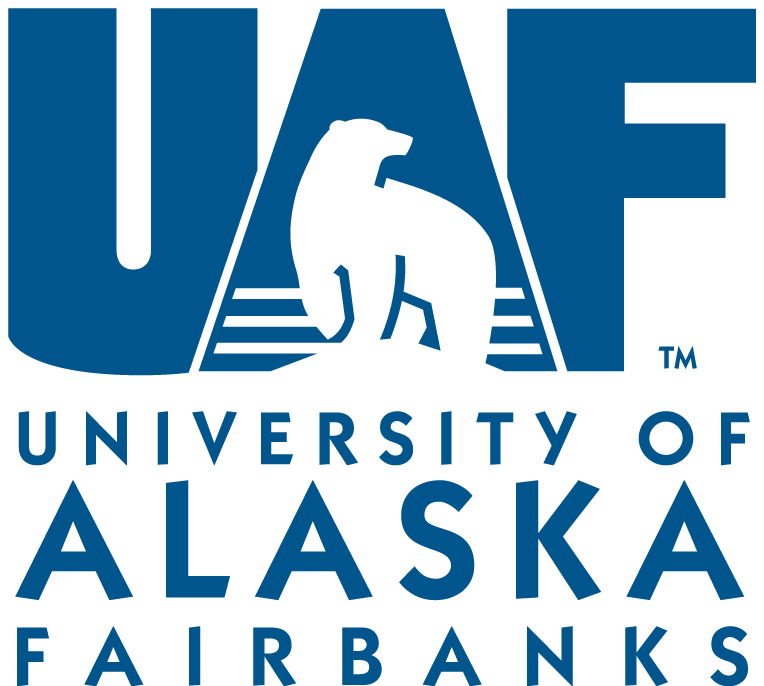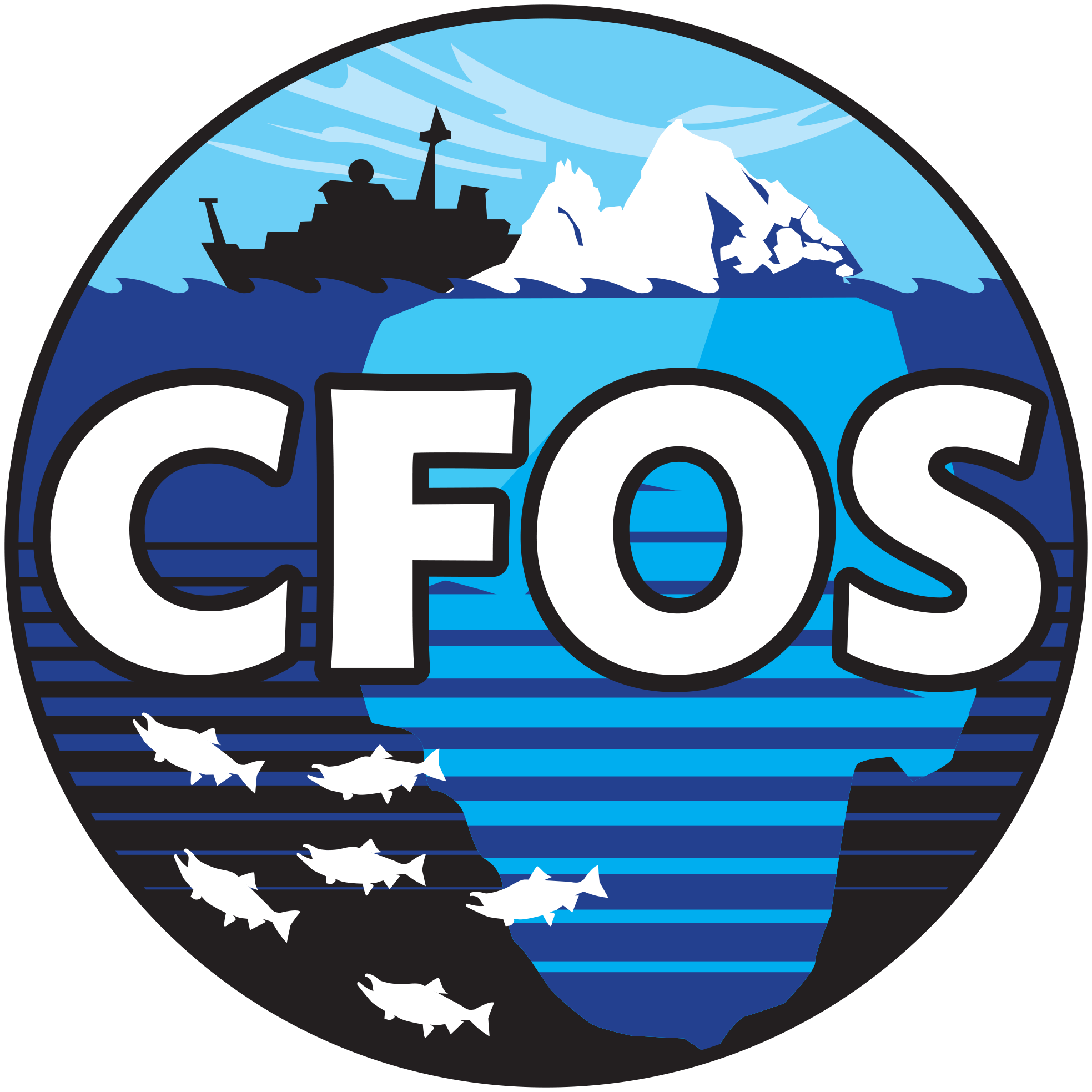Lent, a period of 40 days (not counting Sundays), is a religious observance in the Christian liturgical calendar that begins on Wednesday March 6th of this year. The word lent comes from the Proto-Germanic word for spring (langatīnaz) which itself is a combination of the words langaz (long) + tīnaz (day). So what does this have to do with Pollock you ask? In 1962, Lou Groen, a McDonald's franchise owner in Cincinnati, Ohio noticed he was losing buisness on Fridays as a result of many Catholics abstaining from eating meat on Fridays during this period. In response, the Filet-O-Fish was born.
Now McDonalds slings 25% of their wild-caught Alaska Pollock fish sandwiches during Lent! On social media people have referred to the season as ‘Filet-O-Fish season’ in response to many fast food restaurants offering fish sandwiches as an alternative. Here is a slightly dated article from QSR magazine which outlines various fast food restaurants and their lent menu additions: https://www.qsrmagazine.com/news/fast-food-preps-seafood-boom-during-lent
Wild-caught Alaska Pollock is available year round. There are a plethora of recipes online to construct your own Filet-O-Fish sandwich. If you want, every season could be Filet-O-Fish season!
https://www.mcdonalds.com/us/en-us/product/filet-o-fish.html









